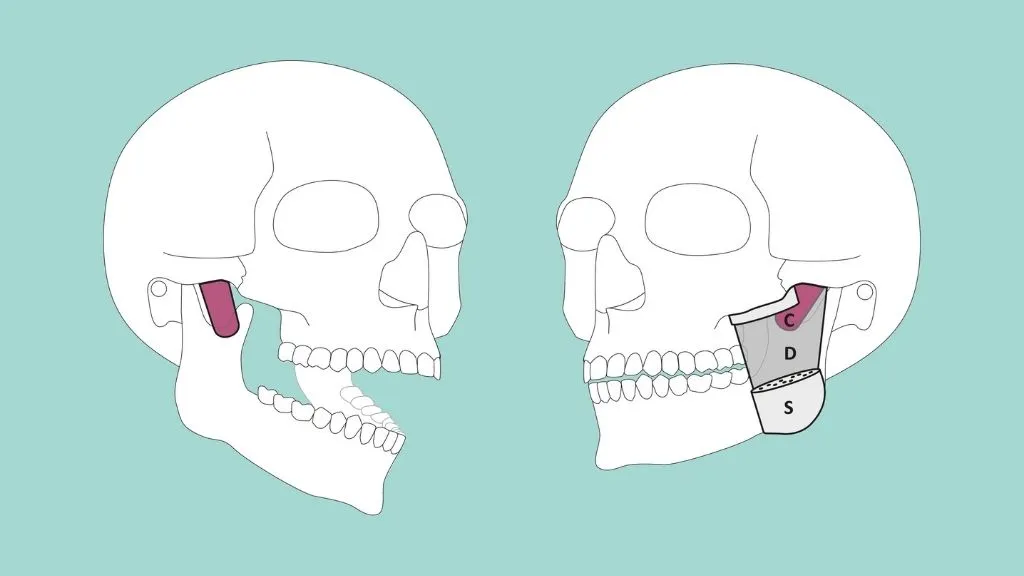The earth, seas and land, used to be quite unlike now ... (although maybe a boat dropped it over the side??)  ... or maybe a mammoth out for a swim?? ... or maybe tusks float???? ...
... or maybe a mammoth out for a swim?? ... or maybe tusks float???? ...
Tsukuba Japan, where I live, was under the ocean not so long ago, with our local Tsukuba Mountain an island like Hawaii ... although 3 million years ago ...
Gassho, J
STLah
Follow-up to the above ... Modern elephants can swim, although 125 miles would be quite a trip! ...
This poor fellow was rescued just in time ...
I don't think a trunk would float ...
 ... or maybe a mammoth out for a swim?? ... or maybe tusks float???? ...
... or maybe a mammoth out for a swim?? ... or maybe tusks float???? ...
Mammoth tusk recovered from an unlikely place: the bottom of the ocean
Mammoths are long to be known as ancient land dwellers, so scientists were shocked to find remains from the animal at the bottom of the ocean.
Pilot Randy Prickett and scientist Steven Haddock, researchers with Monterey Bay Aquarium Research Institute (MBARI), discovered a Columbian mammoth tusk 185 miles offshore and 10,000 feet deep in the ocean in 2019, the institution said in a news release.
At the time they were only able to collect a small piece of the tusk, so they returned in July 2021 to get the complete sample.
... University of Michigan paleontologist Daniel Fisher, who specializes in the study of mammoths and mastodons, said it is unlike anything he has ever seen.
"Other mammoths have been retrieved from the ocean, but generally not from depths of more than a few tens of meters," Fisher said.
... The scientists believe it could be the oldest well-preserved mammoth tusk recovered from this region of North America, and the UCSC Geochronology Lab estimates it is more than 100,000 years old after analyzing the radioisotopes.
https://us.cnn.com/2021/11/23/us/mam...rnd/index.html
Mammoths are long to be known as ancient land dwellers, so scientists were shocked to find remains from the animal at the bottom of the ocean.
Pilot Randy Prickett and scientist Steven Haddock, researchers with Monterey Bay Aquarium Research Institute (MBARI), discovered a Columbian mammoth tusk 185 miles offshore and 10,000 feet deep in the ocean in 2019, the institution said in a news release.
At the time they were only able to collect a small piece of the tusk, so they returned in July 2021 to get the complete sample.
... University of Michigan paleontologist Daniel Fisher, who specializes in the study of mammoths and mastodons, said it is unlike anything he has ever seen.
"Other mammoths have been retrieved from the ocean, but generally not from depths of more than a few tens of meters," Fisher said.
... The scientists believe it could be the oldest well-preserved mammoth tusk recovered from this region of North America, and the UCSC Geochronology Lab estimates it is more than 100,000 years old after analyzing the radioisotopes.
https://us.cnn.com/2021/11/23/us/mam...rnd/index.html
Gassho, J
STLah
Follow-up to the above ... Modern elephants can swim, although 125 miles would be quite a trip! ...
Elephants can swim – they use their trunk to breathe like a snorkel in deep water.
https://elephantconservation.org/ele...out-elephants/
https://elephantconservation.org/ele...out-elephants/
I don't think a trunk would float ...
The head end of the tusk has a hollow cavity that runs for some distance along its interior, but the tusk gradually becomes entirely solid, with only a narrow nerve channel running through its centre to the tip of the tusk.
https://www.britannica.com/topic/ivory
https://www.britannica.com/topic/ivory












Comment